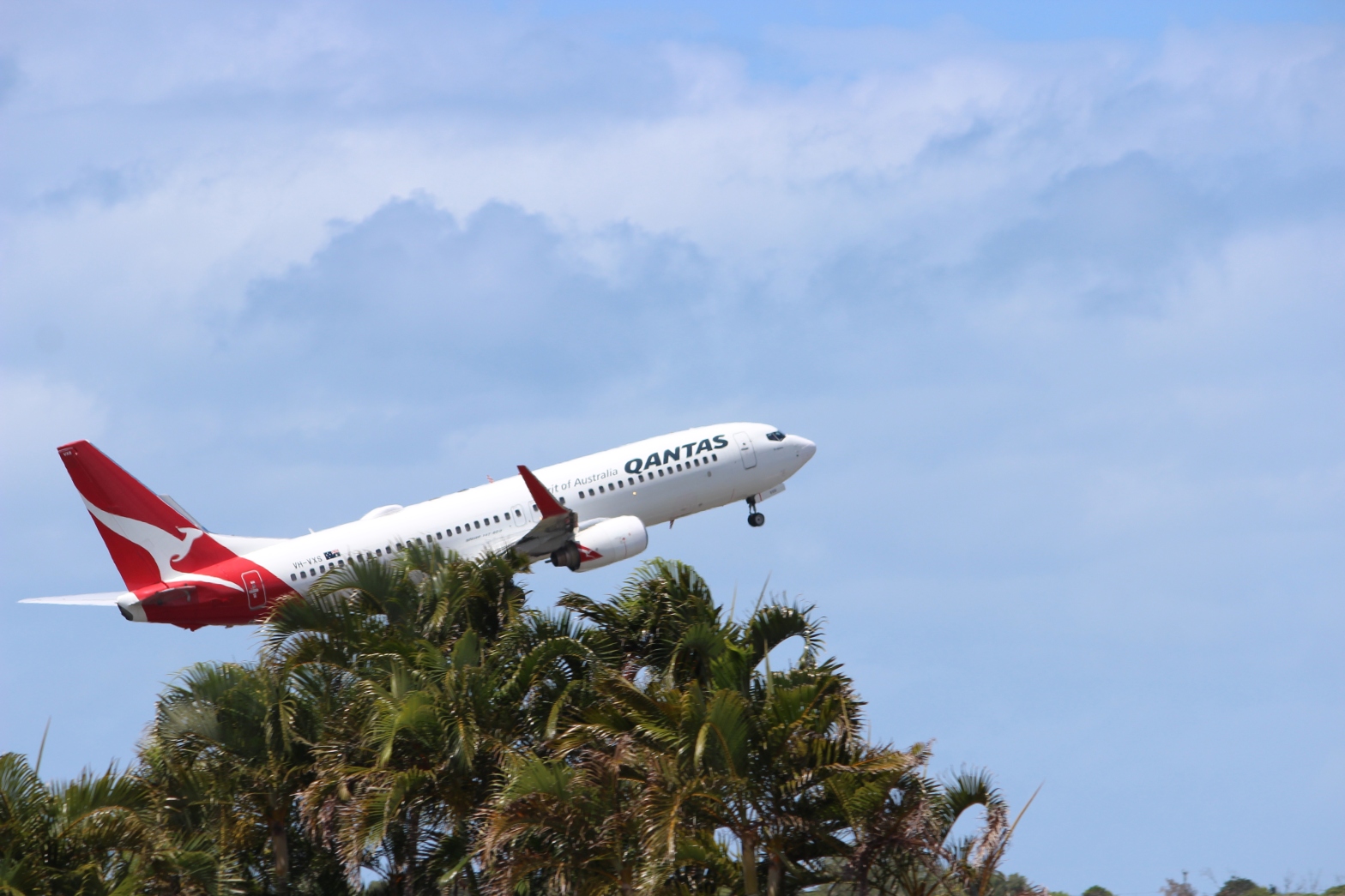Story, images by ANDREW KACIMAIWAI
AUSSIE air carrier Qantas will boost its international network with extra flights, more aircraft and new routes as it continues to restore capacity amid strong travel demand and a recovering aviation.
But aspects of its plans have already drawn fire from the international pilots union.
All going to plan, Qantas will add around a million extra seats to its international network, starting from October 29 for a 12-month period.
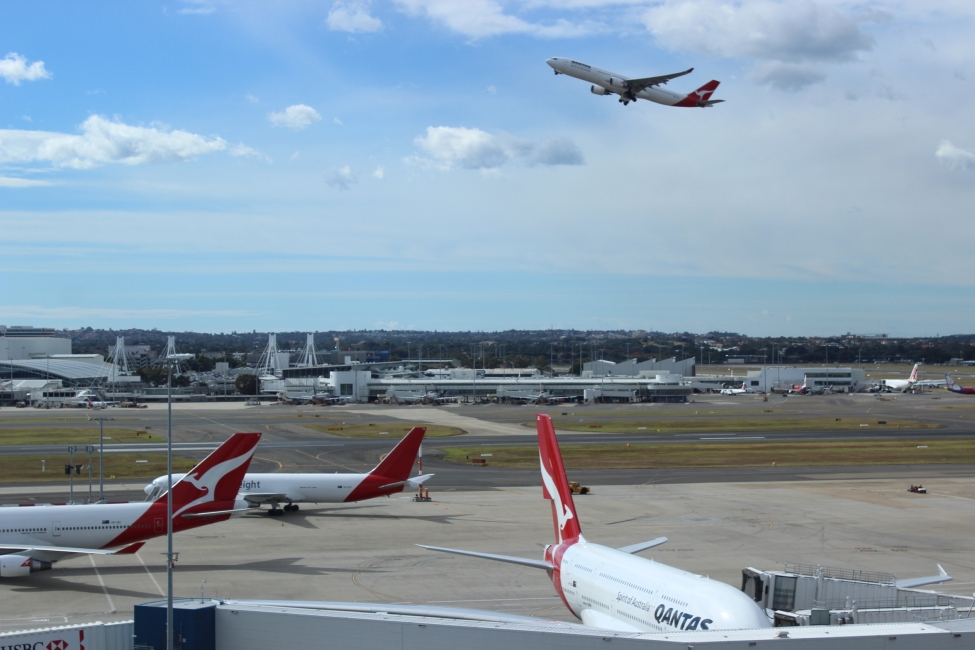
The airline says the extra seating capacity is due to the return of more of its aircraft from pandemic lockdown, new aircraft and a deal with oneworld partner airline Finnair to operate two Airbus A330 aircraft on two of Qantas’s routes.
The Finnair deal, in particular, has come under fire from the Australian and International Pilots Association (AIPA).
AIPA says the Finnair aircraft will take Qantas passengers from Sydney to Singapore and Sydney to Bangkok using Finnair crew and pilots for almost three years.
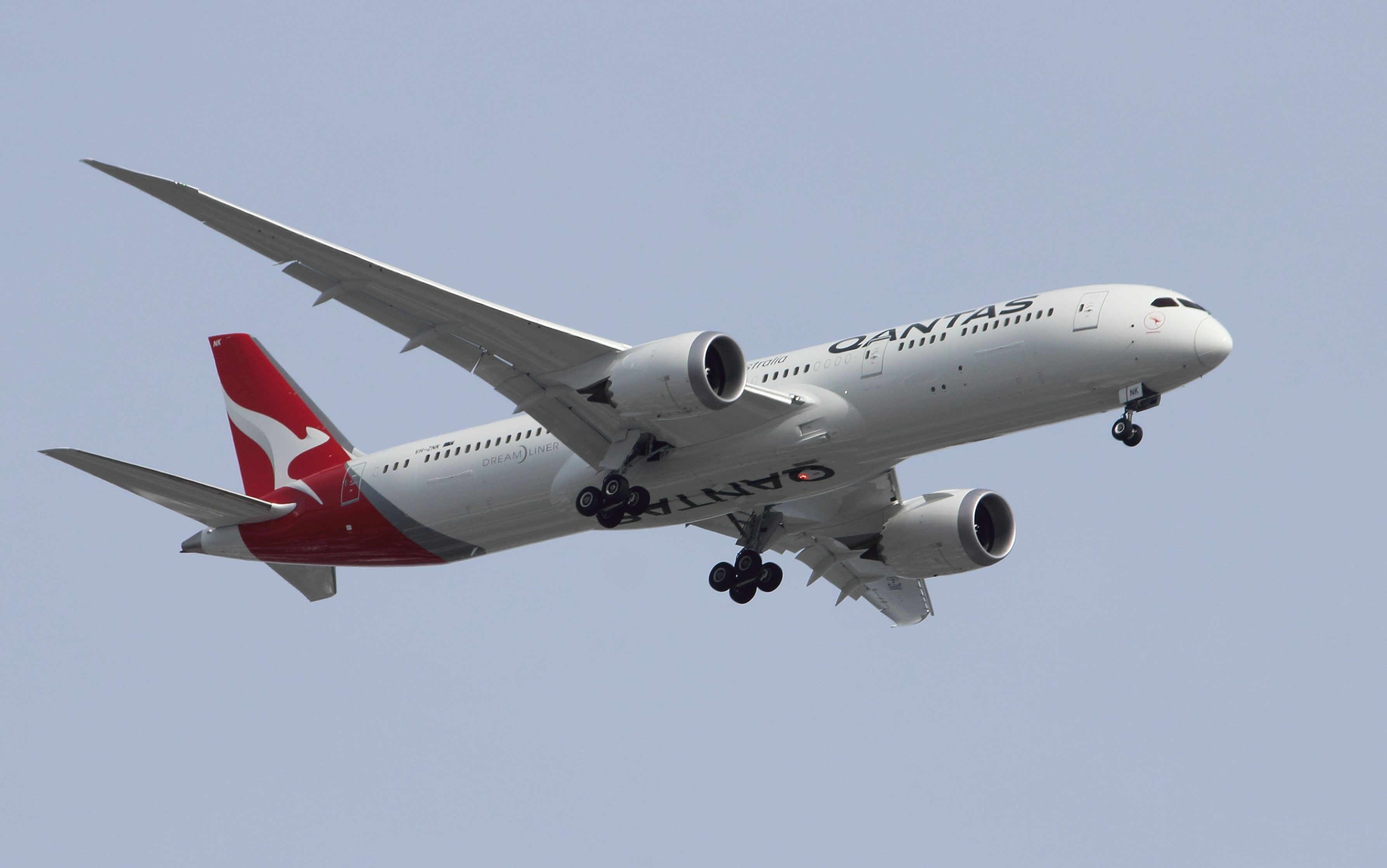
AIPA President captain Tony Lucas described the decision as appalling and a significant failure of management.
“Qantas’ decision to wet lease two Finnair aircraft is shocking, bitterly disappointing and could have been avoided with more effective management decisions,” he said.
“It beggars belief that Qantas is outsourcing the Spirit of Australia while simultaneously converting two of our own A330 passenger aircraft into freighters.
“The decision to wet lease illustrates the failures of the fleet planning processes of the last five years and certainly recent decisions made during the pandemic recovery.
“Not only is it disappointing for our hardworking and dedicated pilots but it is also disappointing for loyal Qantas passengers.
“Getting another carrier to operate our routes is also significantly more expensive than operating the services within Qantas.”
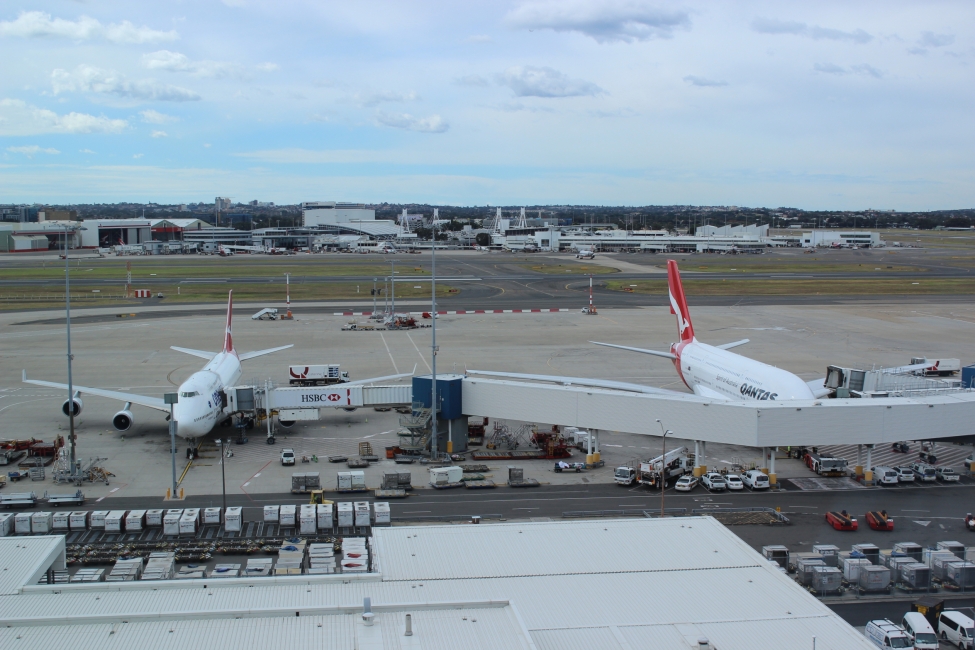
The Finnair A330 aircraft will operate selected Qantas flights between Sydney and Singapore from late October and all flights between Sydney and Bangkok from late March 2024.
Qantas says the move will free up Qantas staff to fly elsewhere.
“For the first two-and-a-half years, flights will be operated by Finnair pilots and cabin crew, with customers continuing to receive Qantas’ inflight food and beverage service, amenities, inflight entertainment and baggage allowance,” the airline said.
“From late 2025, two Finnair A330s will be dry leased, operating for up to three years with Qantas pilots and cabin crew.”
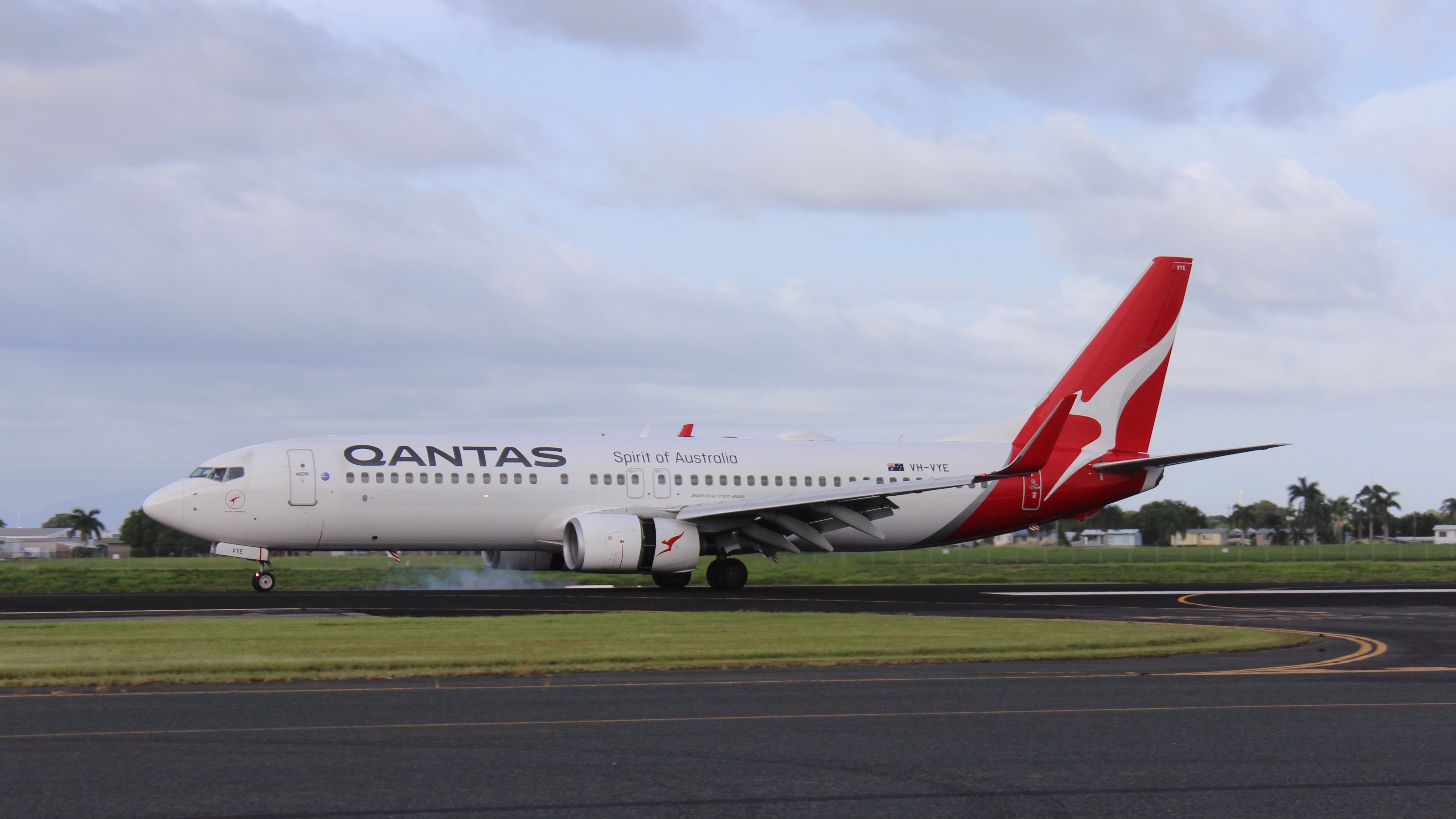
JOYCE EXPLAINS
“The rebound in demand for international travel since borders reopened has been incredibly strong and this boost to our network will add hundreds of thousands of seats in time for the busy Australian summer holiday period,” said outgoing Qantas CEO Alan Joyce.
Joyce is retiring in November and will be replaced by the airline’s CFO, Vanessa Hudson.
“Qantas has been the most on-time major domestic airline for the past eight months in a row and that improved performance means we can release some of the aircraft we’ve had in reserve. That reflects more parts of the aviation supply chain returning to normal and it’s a huge credit to the hard work of our people across the group.”
Mr Joyce said there remained “a mismatch” between supply and demand for international flying.
“With more of our aircraft back in the air, new 787s joining our fleet and our contract with Finnair, we’ve got more seats for our customers and more opportunity for Qantas crew as we increase our own flying,” he said.
“We know our customers are looking for great value and this additional capacity will also put downward pressure on fares.”
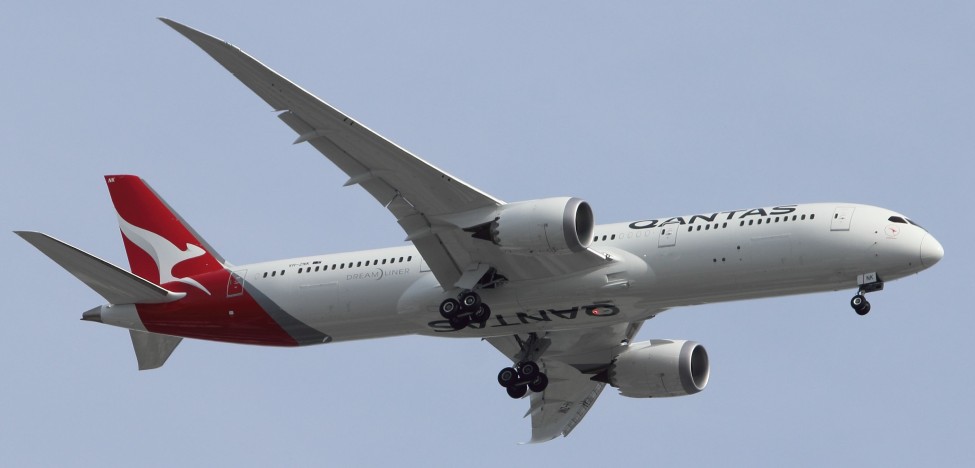
SERVICE CAPABILITY
The airline expects to return its international capacity to 100 per cent of pre-COVID levels by March 2024, up from 84 per cent at present.
The airline has recruited 2400 pilots and cabin crew since borders reopened with another 300 people needed by the end of the year. The airline has appealed to former pilots and cabin crew to return.
In the last six months, Qantas has brought back five aircraft into its fleet – from long-term desert storage and from standby as operational spares.
A new Boeing 787 Dreamliner arrived in May and another two will be delivered next month. The latest Qantas A380 stored in the desert was reactivated in January and another A380 will return to service at the end of the year following maintenance and cabin modifications.
Qantas is preparing to resume San Francisco flights next week (late May) and launch an inaugural Sydney-Auckland-New York service next month.
Seasonal services to Rome and flights between Melbourne and Hong Kong will resume in June.
| SERVICE | NEW FLIGHT FREQUENCY DETAILS |
|---|---|
| Melbourne-Los Angeles | flights from once a day to nine times a week (Airbus A380). |
| Sydney-Auckland-New York | NEW: flights three to four times a week. |
| Sydney-Tokyo | from a daily flight to twice daily flights. |
| Melbourne-Tokyo (Narita) | from four flights a week to daily flights. |
| Brisbane-Tokyo (Narita) | from three flights a week to daily flights. |
| Sydney-Shanghai | Daily flights (Airbus A330). |
| Sydney-Hong Kong | Daily flights over the Australian summer (A380 and A330). |
| Sydney-Singapore | From 14 flights to 15 a week from March 31, 2024. |
| Melbourne-Hong Kong | From once a week to daily. |
| Melbourne-Singapore | From 10 to 14 flights a week from March 31, 2024. |
| Melbourne-Delhi | From three to six flights a week (summer). |
| Brisbane-Wellington | NEW. Daily flights (E190). |
| Brisbane-Honiara (Solomons) | NEW. Three flights a week (E190). |
| Sydney-Christchurch | From 11 flights to 14 a week. |
| Sydney-Queenstown | One flight a week (14 flights over summer). |
